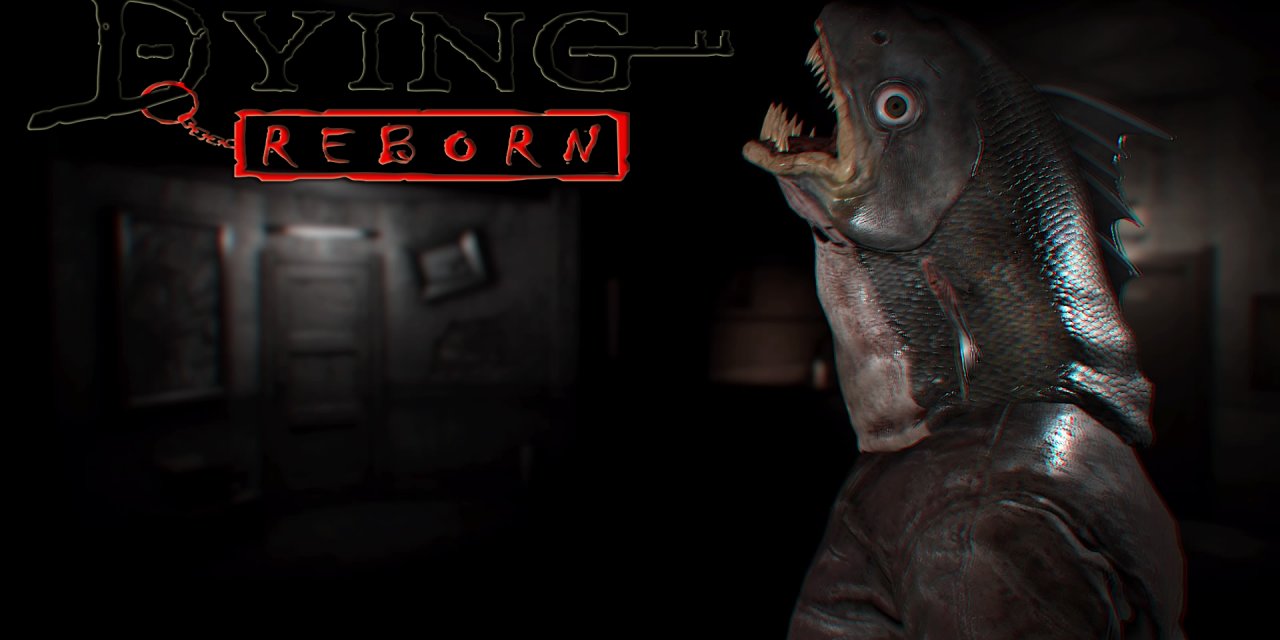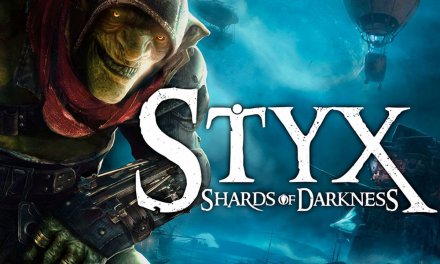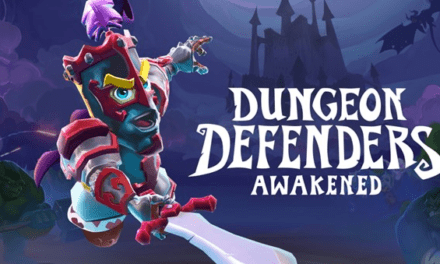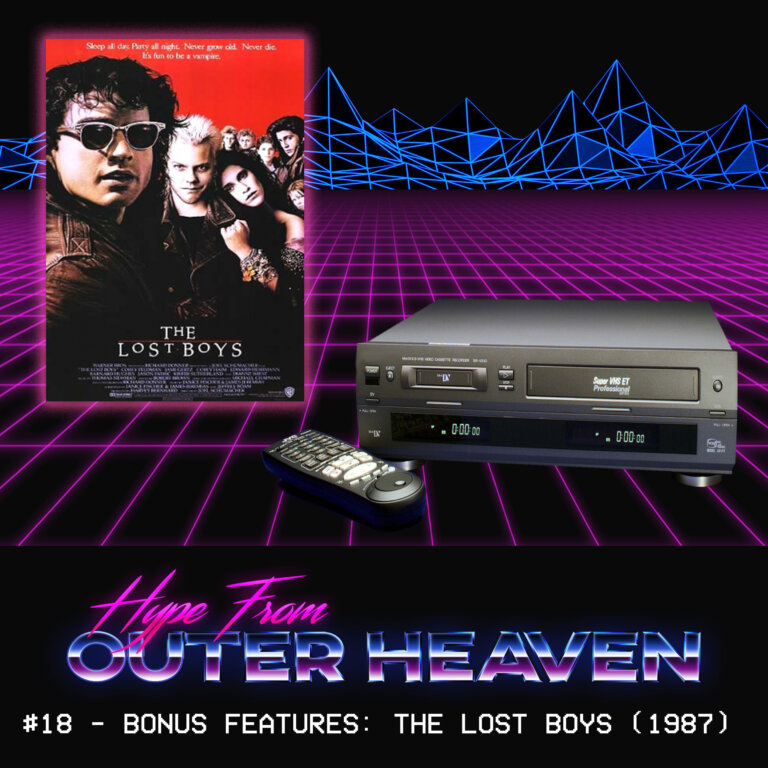“Even I, Lucas, have heard the legend of a man-fish.”
Dying: Reborn is a really bad game; there I said it. I went into the indie horror title with a naive sense of intrigue; ‘An indie, first person, puzzle solving horror game? Sign me right up.’ I thought; oh how I would end up eating those words. Dying: Reborn is the questionable creation of Nekcom Entertainment; a Chinese development studio who specialise primarily in mobile games, with their only excursion into the console market being this little ‘gem’. The game can best be described as an ‘escape the room’ walking simulator, offering puzzles that the player must solve in order to advance to the next level. While the puzzles themselves can be entertaining (and sometimes downright tedious), the overall package is borderline laughable, and is in no way worth the £15.49 price tag that has been enthusiastically slapped upon it.
The game’s narrative takes place in a dilapidated hotel in a town called Harbour Town (original, I know.) and is told from the perspective of a dreary, monotonous excuse of a protagonist called Mathew. Mathew awakens in the confines of a strange room without a clue in the world as to how he got there, and soon realises that his strange whereabouts and lack of recall are the ploy of an unknown assailant (who has a penchant for wearing a fish on his head). Mathew discovers early on that his sister Shirley is being held hostage by the assailant, and that the only way to make his way to her is by playing the games laid out before him. The story is something of a bastardised mix of the film Saw and a bad episode of the Twilight Zone, offering none of the originality of either production (Not that the Saw series is anything to write home about either).
Thankfully, I had the ‘pleasure’ of reviewing the non VR version of the game, which coincidentally is the more complete version, with the VR version having roughly half the content of the former. The low production costs of the game shines through it’s absolutely abysmal voice acting (which makes Resident Evil 1’s voice acting worthy of an Oscar by comparison) and simple spelling mistakes (Who in the world spells Mathew with one t?) that plague the game from beginning to end. While overall the game performs to a satisfactory standard and the visual style looks decent, the finished product feels cheap, amateurish and unfinished, which suggests that the developers went in with the right idea, but ultimately had no idea what they were doing.
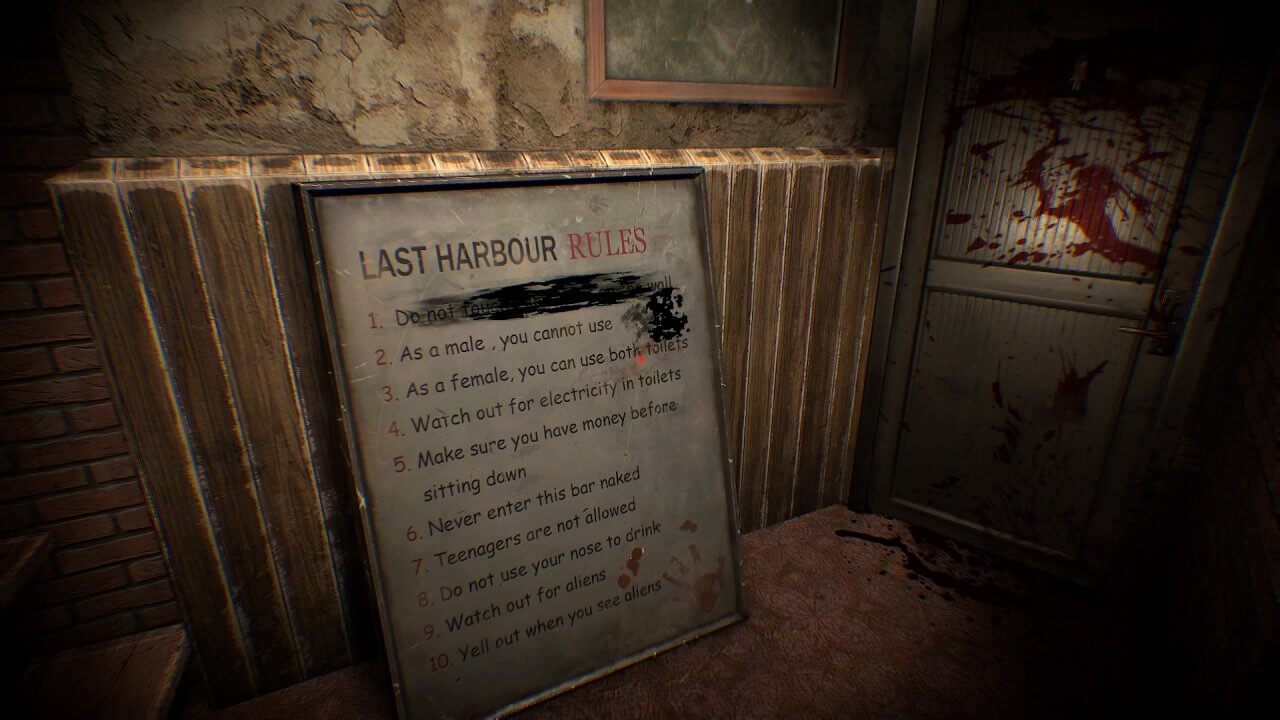
“Do the Martians have two sexes? Like we do…”
The gameplay is by far Dying: Reborn’s strongest feature, but even that falls into a spot of bother towards the mid to late stages of the game. The game is broken down into bite sized chunks called ‘sections’, in which there are six in total. Each section presents a number of challenges that the player must overcome in order to advance to the next level, and are presented in the form of complex puzzles that make up the bulk of the gameplay. The puzzles themselves are genuinely challenging and are pretty entertaining up until the point where they turn into the typical ‘hunt for the code’ or ‘find the key’ style puzzles that doesn’t exactly scream original game design. Some of the game’s puzzles often suffer from the same insane solutions that are prevalent in point and click style adventure games, where the combination of items make no sense in a logical mind. The gameplay becomes a bit repetitive in the later stages of the game, reusing content in an attempt to appear more complete while offering very little variation to engage with the player over the course of its three hour campaign.
In comparison to other horror titles, the game never puts the player in any direct danger or horror. The horror elements that are present (few in number as they are) are reliant purely on jump scares (and they aren’t particularly scary either) with the typical window smash or eerie noise in the distance being the highlight of the ‘terror’. The one aspect that the game does do well is it’s eerie atmosphere; akin to some of the environments from titles such as the Silent Hill series, the rooms of the abandoned hotel are disturbingly silent, with only ambient noise filling the soundscape. What the game has in atmosphere, is unfortunately let down by its narrative; like in many first person horror titles, the story is mainly told through the the player’s interaction with the environment, as throughout the game Mathew will find newspaper clippings that start to paint a picture as to where he is and why he is being tormented. On paper this is an excellent way to present a story, as it’s a tried and tested formula that works for many other titles in the indie horror genre; unfortunately however it just exacerbates the already bland story, by offering random titbits of information that are seemingly unconnected to the rest of the plot.
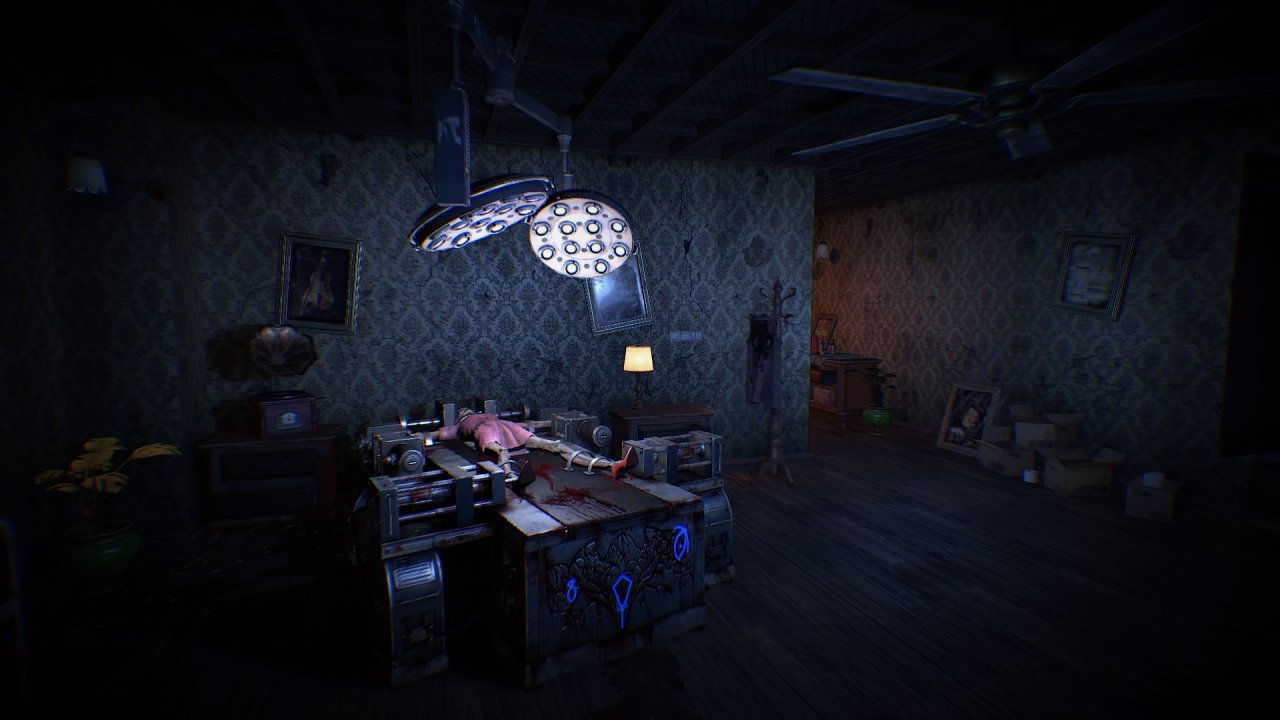
“Wrinkled, wrinkled little star… hope they never see the scars.”
Nekcom Entertainment clearly had big ideas in mind when it came to Dying: Reborn; in its base form it has the makings of a solid little horror title, but unfortunately lacks the budget and production experience resulting in a sorry, confused mess of a game.
A PlayStation 4 review code was provided by Oasis Games

